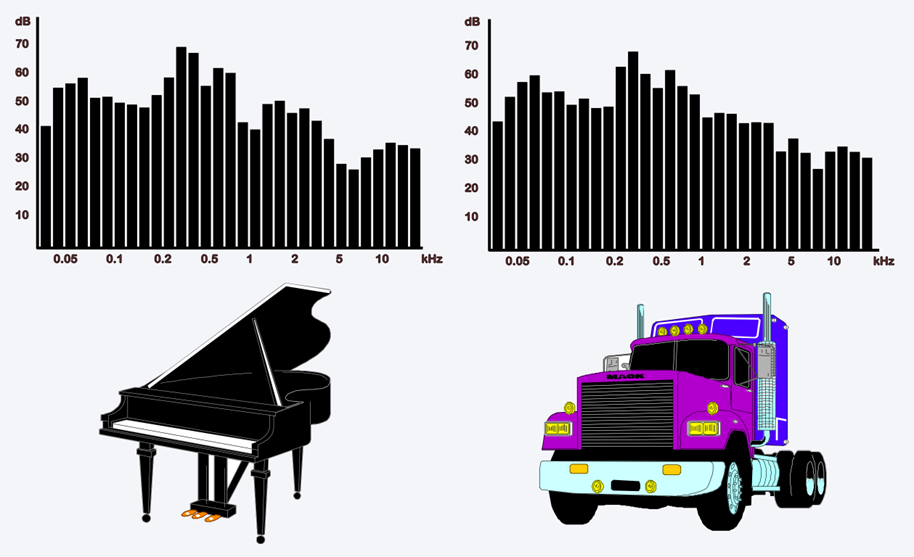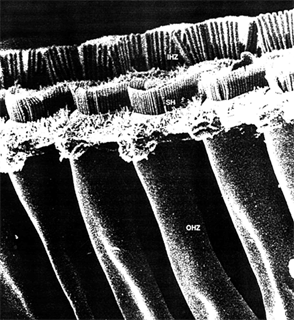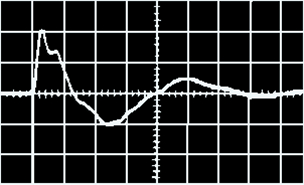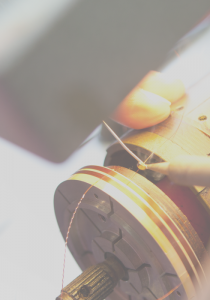Manger – The hearing phenomenon
»The ear is the watch-dog among our sensory organs. Its world is the stillness, where the cracking of a branch or the wingbeat of a bird can be heard.«
Rainer Klinke (†), Professor of Physiology
Time to reconsider.
Noise is a phenomenon that has accompanied us at an ever increasing level throughout the past centuries. Actual noise disturbance however did not start until the media revolution, an age that has subjected us to continual noise emissions.
Our listening habits are being increasingly characterized not by acoustic events, but by indiscriminate acoustic pollution. It’s no wonder that under this bell of noise we are gradually becoming immune and deaf to the sound details of everyday life. The fact that we are also losing a part of the sensual quality of our environment is perhaps the acceptable price of progress, but that our capability for musical experience is also gradually deteriorating in line with the displacement of the listening perspective is unacceptable. Especially as it is music that provides us with a flavour of our immense emotional potential, a potential that our everyday reality prevents us from experiencing.

The frequency spectrum of a piano and a truck look very similiar.
It is not yet clear to what extent we just „hear” the tones nowadays, instead of taking in the soul of the music. However it is absolutely clear that the fabric of perception has already begun to disintegrate. The aural effects are often enough reflected in the progress of the entertainment industry, where the motto is always „more” – more bass power, more treble clarity, more surround sound. In other words: „Amplification increases awareness of life, and euphoria is a function of sound pressure.”
It cannot be avoided that nowadays, where people are listening less and less, and only learn to perceive acoustic sensations, that the signals are in competition with each other for attention and become ever louder and more extreme in order to be heard.
»In my view a sound transducer should be capable of reproducing all types of acoustic events equally well, irrespective of whether this is a concert or a discussion. It is just as important to be able to reproduce natural sounds such as birdsong and the wind in the trees where the only human contribution is the sound of a distant church bell. The loudspeaker itself should not be perceptible in this auditory experience. Its presence should not be indicated by any natural resonance or changes in the sound field.«
Josef W. Manger, Acoustic researcher and inventor of the Manger sound transducer
What you should know.
The ear is the widest ranging perception instrument provided to us in the evolutionary process. The eye reacts in the wavelength between 400 and 700 nanometers, within the spectrum of visible light. Anything below this, x-rays or gamma rays for example, cannot be registered by the naked eye. And the same is true for higher wavelengths. Expressed in frequencies this means that the eye can register a range of around one octave. The ear, on the other hand, can register ten octaves. So if our eyes were as good as our ears then we would be able to make look through everything with our x-ray vision and could turn night into day with infrared sight.

A piano covers a range of seven octaves, our eyes a range of one and our ear a range of ten octaves.
This phenomenal performance by our hearing system with its tiny hair cells that react to fluctuations in the air pressure with movements of around 100 billionth of a millimetre, make our ears not only particularly susceptible to acoustic disturbances, but also make them the most uncompromising notification instrument that registers everything without fail and that ruthlessly uncovers every single change. And this has wide-ranging consequences. Even before we perceive tones, our ears register noises that last no longer than 0.01 milliseconds (1000 times faster than the first perception of sound occurs).

Pic: Rows of inner and outer hair cells
But it is not only the noises from everyday life that are increasingly placing demands on our hearing, but also conventional loudspeakers that produce noises not present in the electrical input signal. To be more specific these are transient noises originating in the stored energy of the components used in the construction.


Pic left: shot gun; pic right: tweeter
It is hard to imagine this because it doesn’t really fit into our conception of loudspeakers, but we now know that diaphragm bodies and their spring-like suspensions, as well as the capacitors and coils, act as energy storage that delay transient-free conversion of the electrical energy into fluctuations in the air pressure. This means that conventional loudspeakers, as a result of their design, suffer from dynamic irregularities which are superimposed on any input signal in the form of oscillation. You won’t be consciously aware of them, but your hearing sensitivity will still cause them to be processed. And this is the weakness of most loudspeakers. They reproduce the sound artificially and have a tendency to dynamically exaggerate the original sound. Finding a loudspeaker with no natural vibration, that reproduces only what is contained in the recording, is a difficult task indeed.


 English
English Suomi
Suomi Eesti
Eesti Latviešu
Latviešu























 seastone.audio
seastone.audio